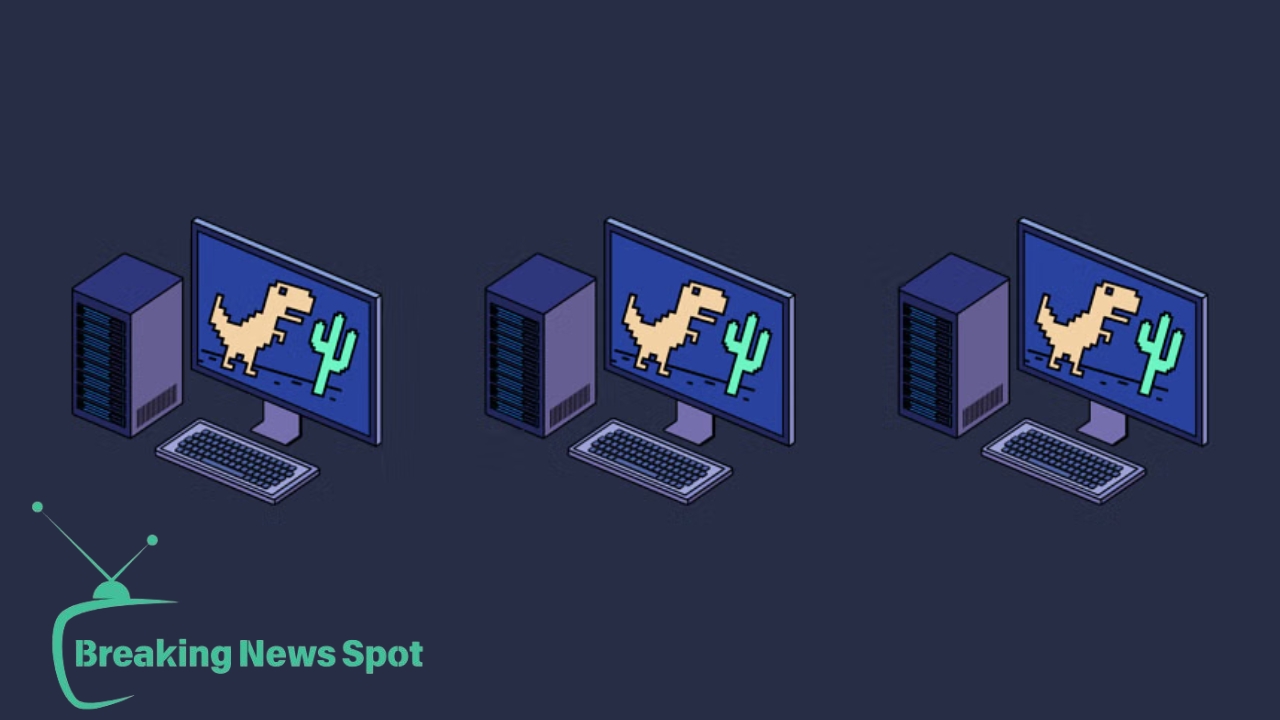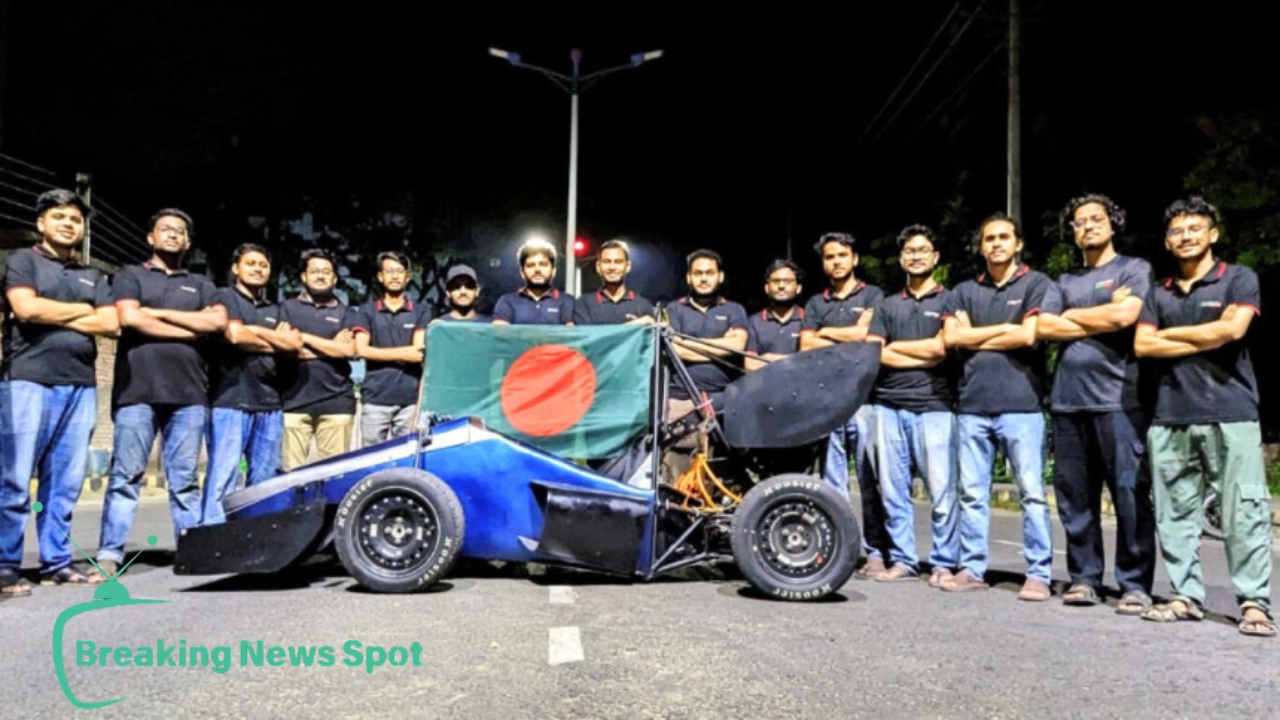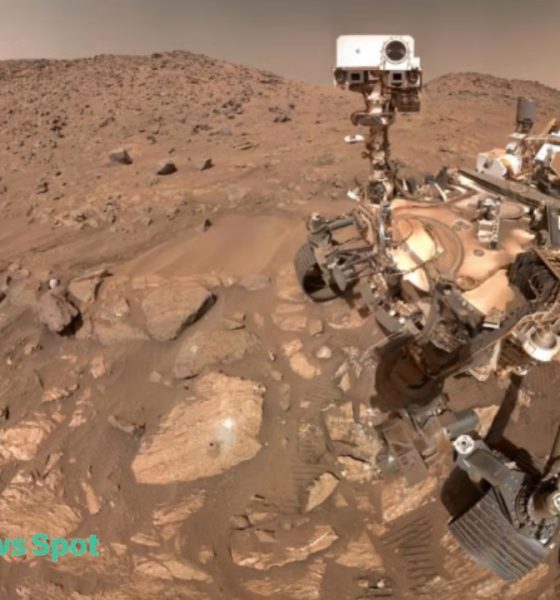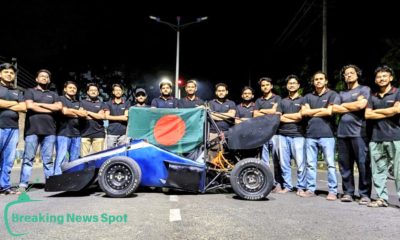Tech
How Gen Z stayed in touch following the internet outage

18 July 2024, 9:00 p.m. Bangladesh’s internet is shut down entirely. Absent broadband. Not using any mobile data. One of the world’s most densely populated nations abruptly disappeared from the perspective of the outside world.
The blackout occurred after student protests turned into a widespread rebellion after being sparked by a contentious government quota policy. The government took action to shut down the internet, which was the one resource that young people most frequently used, as tensions increased in Dhaka and other large cities.
However, the shutdown just increased the youth’s anxiety and determination rather than deterring or slowing them down.
The apolitical young people of Bangladesh, primarily from Generation Z, were a driving force behind the July movement. They took up the challenge of remaining in touch with their loved ones in spite of this enormous obstacle. They adjusted in a stealthy, creative, and frequently undetectable way.
A different kind of network
Data from OONI, one of the most publicly available datasets on internet filtering in the globe, verified what many people already knew: Bangladesh experienced an internet blackout from July 18 to July 23, 2024. In the days that followed, as the student-led rebellion persisted until August 5, 2025, internet outages and restrictions grew more severe. Young people, however, managed to organize, communicate, and resist even when the government cut down service.
The Bangladeshi domestic internet exchange system, or BDIX, was one of their earliest instruments. Local area networks (LANs) in residential neighborhoods and dorms continued to function even while access to the global internet was restricted. Students linked to pooled BDIX servers—many of which had been operating covertly for years—using Wi-Fi connections without internet access.
Nearly overnight, these servers were re-configured. They developed into meeting places with encryption, update centers, and even temporary newsrooms. Some were used to contain instructions for protests and brief news snippets. The majority of access was distributed through word-of-mouth, an antiquated method, and was not centralized. It was an underground digital world without the internet.
Planning in the open
Voice calls served as a backup when mobile data disappeared. But even they were tinged with caution due to government surveillance. Students exchanged meeting spots using code words.
When the internet came back up, many young people started by getting ready for the next blackout rather than sharing their experiences. They made more servers. They downloaded more local apps. The avenues of communication grew increasingly dispersed. And it was all done with the knowledge that it may all disappear again at any time.
Apps without internet
Apps like FireChat, Bridgefy, and Briar provided an additional layer of connectivity, while BDIX networks addressed one gap. These systems function by establishing mesh networks, which are essentially chains of devices connected by Wi-Fi or Bluetooth, in which every phone serves as a router and a sender.
Particularly well-liked was FireChat, which rose to international prominence during the 2014 Hong Kong riots. With its three modes—person-to-person, broadcast, and mesh—Bridgefy, another mesh networking program, provided a little more structured method while facilitating real-time communication within a 100-meter radius. In contrast to FireChat and Bridgefy, Briar did not require any central servers and was able to synchronize communications via Tor. On the user’s device, everything remained.
Due to their flaws, some programs were not flawless. However, the advantages exceeded the risks for a large number of homeless people. The network grew with every new user.
Memories of a lost week
As tensions increased and the protests continued into August, many young people started recording their experiences in notebooks, artwork, voice notes, and recordings. They saw the internet blackout as more than simply the loss of the internet; it was also a chance to learn about the strength of human connection and trust, even when it was expressed in silence.
People were being shot and killed in the open streets of Bangladesh during those weeks in 2024, which caused severe anguish. Violent altercations, fire, and gunshots were commonplace. But in the midst of the mayhem, the youth of the nation’s quiet tenacity was evident. To protest the mass murders occurring all around them, the apolitical generation took to the streets and yelled at the top of their voices. It was an inexplicable experience that could only be comprehended by going through it yourself.
The apolitical Gen Z in Bangladesh created an improvised communication network using apps, servers, phone conversations, and mutual understanding despite having no playbook, political affiliation, or central authority. It wasn’t perfect. It wasn’t always secure. However, it was successful.
And they managed to stay in touch despite the soft chatter of waiters, the Bluetooth signals that bounced between phones, and the hushed discussions at tea shops. Not only to one another, but to a greater good. a time in the future when remaining silent would never imply giving up.
Tech
Possible signs of ancient life on Mars are discovered by a NASA rover.

The Perseverance of NASA According to study that was published on September 10 in the scientific journal Nature, the Mars rover may have found signs of ancient microbial life on Mars.
NASA said the results are based on a rock sample that was taken in Jezero Crater, an old dry riverbed that used to supply water to the planet’s basin. ‘Cheyava Falls’ is the name of the rock that was sampled in 2024 when the rover studied a feature known as Bright Angel.
According to NASA, the sample, now known as “Sapphire Canyon,” included mineral patterns and chemical compounds that scientists believe could be potential biosignatures—features that may be connected to biological activity but need more research before any inferences about life can be made.
Within the sedimentary rocks, Perseverance’s sensors found organic carbon, sulfur, phosphorus, and oxidized iron—elements that potentially sustain microbial metabolisms on Earth.
Additionally, they discovered iron-rich minerals such as greigite (iron sulfide) and vivianite (hydrated iron phosphate), which are known to occur in conjunction with microbial activity or decomposing organic debris. However, the data is equivocal since these mineral fingerprints may also be created by non-biological events.
The finding, which contradicted previous theories that only older Martian formations may retain traces of life, was surprising since it originated from relatively fresh sedimentary rocks, according to experts. If verified, the finding would indicate that Mars was habitable later in its history than previously thought.
Since it began working at Jezero Crater in 2021, Perseverance has gathered 27 rock cores for analysis. In addition to continuing its research, NASA intends to utilize the rover to test materials for possible spacesuits and monitor environmental conditions in order to get ready for future human flights.
Tech
Gen Z selected Nepal’s new prime minister over Discord before the announcement was made.

Discord is a social networking service more commonly associated with online gaming, but last week hundreds of teenagers used it to support Nepal’s future leader, giving the nation’s political dilemma a new dimension.
Following weeks of turmoil, their candidate, former Nepalese Chief Justice Sushila Karki, was sworn in as Nepal’s first female prime minister on September 12 and led an interim administration.
After officials in the Himalayan state tried to limit social media use, Generation Z (those born approximately between 1997 and 2012) took the lead in the demonstrations, which were mostly against corruption.
Using internet platforms, protesters—many of whom were in their teens and twenties—organized marches, disseminated information, and ultimately cast ballots for possible candidates. As reported by India Today recently, the most well-known center was a Discord server dubbed ‘Youth Against Corruption’, which at its height had over 130,000 members.
In the last round on September 10, more than 7,713 ballots were cast, and Karki received a majority of more than 50% of the vote, according to a recent article from the South China Morning Post. Prior to her formal appointment on September 12, Karki met with General Ashok Raj Sigdel, the leader of Nepal’s army, and President Ram Chandra Poudel.
It’s unclear, though, if the Discord vote had a direct impact on Sushila Karki’s official appointment as Nepal’s prime minister.
Discord was first created in 2015 by Jason Citron and Stanislav Vishnevskiy as a way for gamers to interact while playing. Since then, a younger audience has been drawn to its straightforward interface and combination of text, audio, and video features, particularly during the pandemic when usage grew well beyond the realm of games.
Hundreds of thousands of people can join Discord servers, forming large online communities with news, debate, and coordination channels.
The platform turned as a vital organizing tool for the protests in Nepal. In addition to the leadership vote, volunteers established channels for fact-checking, emergency support, and logistics within the Youth Against Corruption site. With the use of this system, protesters were able to control information flows in real time while staying away from major social media sites that were prohibited, like Facebook, Instagram, X, LinkedIn, and others.
Tech
Bangladesh will be represented at Formula SAE Japan 2025 by the RUET team.

At one of the most prominent engineering design contests in the world, Formula SAE Japan 2025, where students construct and compete in formula-style electric vehicles, Team Crack Platoon from Rajshahi University of Engineering and Technology (RUET) is representing Bangladesh.
At Aichi Sky Expo, Formula SAE Japan 2025 got underway on September 8 and will run through September 13. Ninety teams were chosen this year from a large number of international applications; the only Bangladeshi team to make it was Team Crack Platoon from RUET. Since no other South Asian team has made it to the competition this year, they are also representing the area.
The Society of Automotive Engineers (SAE) organizes the competition every year, which is widely regarded as the “Olympics of Engineering Students” and challenges competitors to design, build, and test automobiles that adhere to exacting international standards. Teams are graded on many things, such as their design, cost analysis, business presentation, and how well they stay on track with their performance.
Team Crack Platoon will be racing with CP-Astrion, their third-generation electric race car. It has a lightweight composite frame, wings that are better at reducing drag, and a battery system backed by Tesla. As the team says, this car was built to meet the world safety and performance norms of Formula SAE.
“We’re excited to learn from the best and show that Bangladeshi students can compete on this global stage,” team captain Saadman Saqueeb stated in reference to the tournament. The tale of CP-Astrion, which was created with little funding but a great deal of enthusiasm and collaboration, is what sets us apart.
The group believes that by sharing their experience, other students will be inspired to investigate innovation. “We want our journey to demonstrate that Bangladesh can produce world-class engineering,” Saqueeb continued. We believe that if we can do it, anybody can, and we hope that this encourages creativity and experiential learning throughout South Asia.
There are 28 people in the entire Crack Platoon team, and they work in several departments like design, business operations, electrical, and mechanical. Team Captain Saadman Saqueeb, Electrical Head Sudipto Mondal, Mechanical Head Md Habibullah, Design Head Md Nayem, and Business Head Rafiul Haque Ayon are in charge of the sectors.
-

 Tech6 months ago
Tech6 months agoDo you frequently use ChatGPT? A study says that you’re lonely.
-

 Sports6 months ago
Sports6 months agoMessi comes back and scores in less than two minutes.
-

 Sports7 months ago
Sports7 months agoThey will make IPL a hit
-

 Entertainment7 months ago
Entertainment7 months agoDue to his mental health issues, David Kushner has cancelled his tour.
-

 Entertainment7 months ago
Entertainment7 months agoWhy did Juhi reject Salman?
-

 World7 months ago
World7 months agoIsrael continues its Gaza attack, killing a journalist and issuing evacuation orders.
-

 Fashion7 months ago
Fashion7 months agoBefore getting your ears pierced, here are some things to consider
-

 Tech7 months ago
Tech7 months agoXiaomi brings Redmi Note 14














